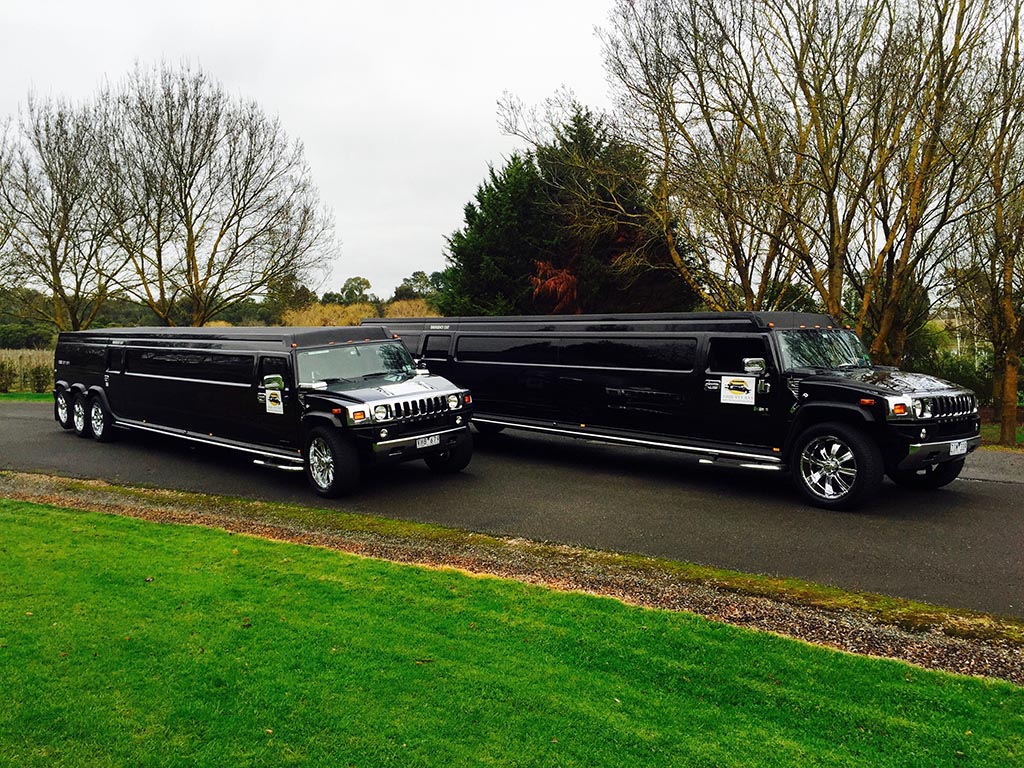
In the bustling city of London, where style and sophistication are paramount, Limo Hire London emerges as the epitome of luxury transportation. This premier service has garnered immense popularity, offering a seamless blend of opulence and convenience. In this comprehensive guide, we delve into the myriad benefits, diverse types of limos available, compelling reasons to choose our service, and a thoughtful conclusion.
Benefits and Purpose: Elevating Your Experience
Unparalleled Comfort and Style
When it comes to travel, comfort is non-negotiable. Limo Hire London transcends conventional transportation by providing an unparalleled level of comfort. Imagine reclining in plush leather seats, surrounded by an ambiance of luxury. Our limos are not just vehicles; they are mobile sanctuaries of opulence, ensuring you arrive at your destination not just refreshed but rejuvenated.
Time Efficiency
In the bustling streets of London, time is of the essence. Our Limo Hire London service is not just a mode of transport; it’s a time-saving solution. By navigating through traffic with utmost precision, our professional chauffeurs ensure you reach your destination promptly, allowing you to focus on what truly matters.
Memorable Experiences
Whether it’s a special event, a corporate gathering, or a romantic evening out, our limos transform every journey into a memorable experience. The attention to detail in our vehicles, coupled with exceptional service, ensures that each ride is etched into your memory, creating moments to cherish.
Tailored Services
One size does not fit all, especially when it comes to luxury. Our Limo Hire London services offer flexibility and customization, catering to your unique needs. From choosing the perfect vehicle to deciding on specific amenities, we ensure that every aspect is tailored to your preferences, making your journey truly one-of-a-kind.
Types of Limos: A Fleet of Elegance
Classic Limousines
For those who appreciate timeless elegance, our fleet of classic limousines is a testament to sophistication. With sleek exteriors and luxurious interiors, these vehicles are perfect for formal events, corporate travel, or a night out on the town.
Stretch Limos
Indulge in the extravagance of extra space with our stretch limos. Ideal for group outings or celebratory events, these vehicles offer a spacious and social atmosphere while maintaining the signature style that defines our Limo Hire service.
SUV Limos
Combining power and prestige, our SUV limos are the epitome of modern luxury. With ample space, advanced features, and a commanding presence, these vehicles are perfect for both corporate travel and leisurely excursions.
Specialty Limos
For those seeking the extraordinary, our fleet includes specialty limos that redefine opulence. Whether it’s a themed interior, state-of-the-art entertainment systems, or unique design elements, these vehicles cater to the most discerning tastes.
Why to Choose Us: Elevating Your Expectations
Pinnacle of Professionalism
At Limo Hire London, our commitment to professionalism is unwavering. Our chauffeurs undergo rigorous training, ensuring not just safe transportation but a service that exceeds expectations. Punctuality, courtesy, and a thorough understanding of customer needs define our team.
Impeccable Fleet
Our fleet is a showcase of elegance and performance. Meticulously maintained and regularly updated, each vehicle undergoes stringent quality checks to ensure a seamless and luxurious experience for our clients. When you choose us, you choose the epitome of automotive sophistication.
Transparent Pricing
We believe in transparency, and our pricing reflects that ethos. No hidden charges, no surprises—just a straightforward pricing structure that allows you to enjoy the luxury of our services without any reservations.
Customer-Centric Approach
Your satisfaction is our priority. From the moment you inquire about our services to the completion of your journey, our customer-centric approach ensures a smooth and delightful experience. We listen to your needs, understand your preferences, and tailor our services accordingly.
Creating Memorable Moments: Personalizing Your Journey
Red Carpet Experience
Step into our limos and experience a red-carpet treatment like no other. From the moment you enter to the moment you step out, every detail is crafted to make you feel like royalty. Our commitment to creating an unforgettable experience is reflected in the small touches that matter.
Themed Rides
For special occasions, we offer themed rides that add an extra layer of excitement. Whether it’s a romantic evening, a birthday celebration, or a corporate event, our themed rides elevate the experience, turning it into a memorable journey.
Exclusive Packages
To cater to diverse needs, we offer exclusive packages that encompass various amenities and services. From champagne on board to personalized playlists, these packages allow you to customize your journey, ensuring it aligns perfectly with your vision.
VIP Access
As a part of our commitment to excellence, our clients enjoy VIP access to select venues and events. When you choose Limo Hire London, you’re not just hiring a vehicle; you’re gaining access to a world of exclusive privileges.
Luxury, Reliability, and Beyond: Our Commitment to Excellence
Unmatched Safety Standards
Safety is paramount in our service. Our vehicles undergo rigorous maintenance, and our chauffeurs are trained to prioritize safety at every step. Travel with peace of mind, knowing that your well-being is our top priority.
24/7 Availability
In the dynamic city of London, our Limo Hire service understands the need for flexibility. Whether it’s early morning airport transfers or late-night celebrations, our 24/7 availability ensures that luxury is at your beck and call, whenever you need it.
Cutting-Edge Technology
Our commitment to excellence extends to the technology within our vehicles. Stay connected, entertained, and in control with our cutting-edge in-car technology, ensuring your journey is not just luxurious but technologically advanced.
Environmental Responsibility
Embracing sustainability, our fleet incorporates eco-friendly practices. From fuel-efficient vehicles to environmentally conscious operational policies, we strive to minimize our ecological footprint while providing an unparalleled Limo Hire experience.
Wrapping Up: Elevate Your Journey with Limo Hire London
In conclusion, Limo Hire London transcends the ordinary, offering a luxurious and personalized transportation experience. From the diverse range of limos to our unwavering commitment to excellence, every aspect is designed to elevate your journey. Choose us for comfort, style, and a touch of opulence that transforms every ride into a memorable adventure.
